In the field of BTC (re)staking, there is currently a trend of excessive construction on the supply side, while the market volume on the demand side remains unknown.
Author: 0xMaiaa, BeWater Research
With the launch of the first phase of the Babylon mainnet a month ago, the launch of BTC LST on Pendle, and the successive release of various wrapped BTC products, market attention has been continuously brought back to BTCFi. The following content will cover the recent major updates on BTC (re)staking and BTC-anchored assets:
BTC (Re)staking:
- The importance of ecosystem strategy for BTC LST
- Pendle is entering BTCFi
- SatLayer joins the competition in the BTC restaking market
BTC-anchored assets:
- Coinbase launches cbBTC
- Multi-chain expansion of WBTC
- Active expansion of FBTC
2/ Current competitive situation of BTC LST:
After quickly reaching the 1000 BTC limit in Babylon Stage 1, the competition between BTC LSTs continues to heat up, with all parties vying for the staking income entrance of BTC and its wrapped assets. In the past 30 days, @Lombard_Finance has achieved rapid growth, reaching the highest TVL with a deposit volume of 5.9k BTC, surpassing the long-standing leader @SolvProtocol.
Lombard has gained a competitive advantage in this stage through a strategic partnership with the top restaking protocol @symbioticfi, providing participants with richer restaking income sources from the ETH ecosystem and DeFi participation opportunities, thereby gaining a competitive advantage.
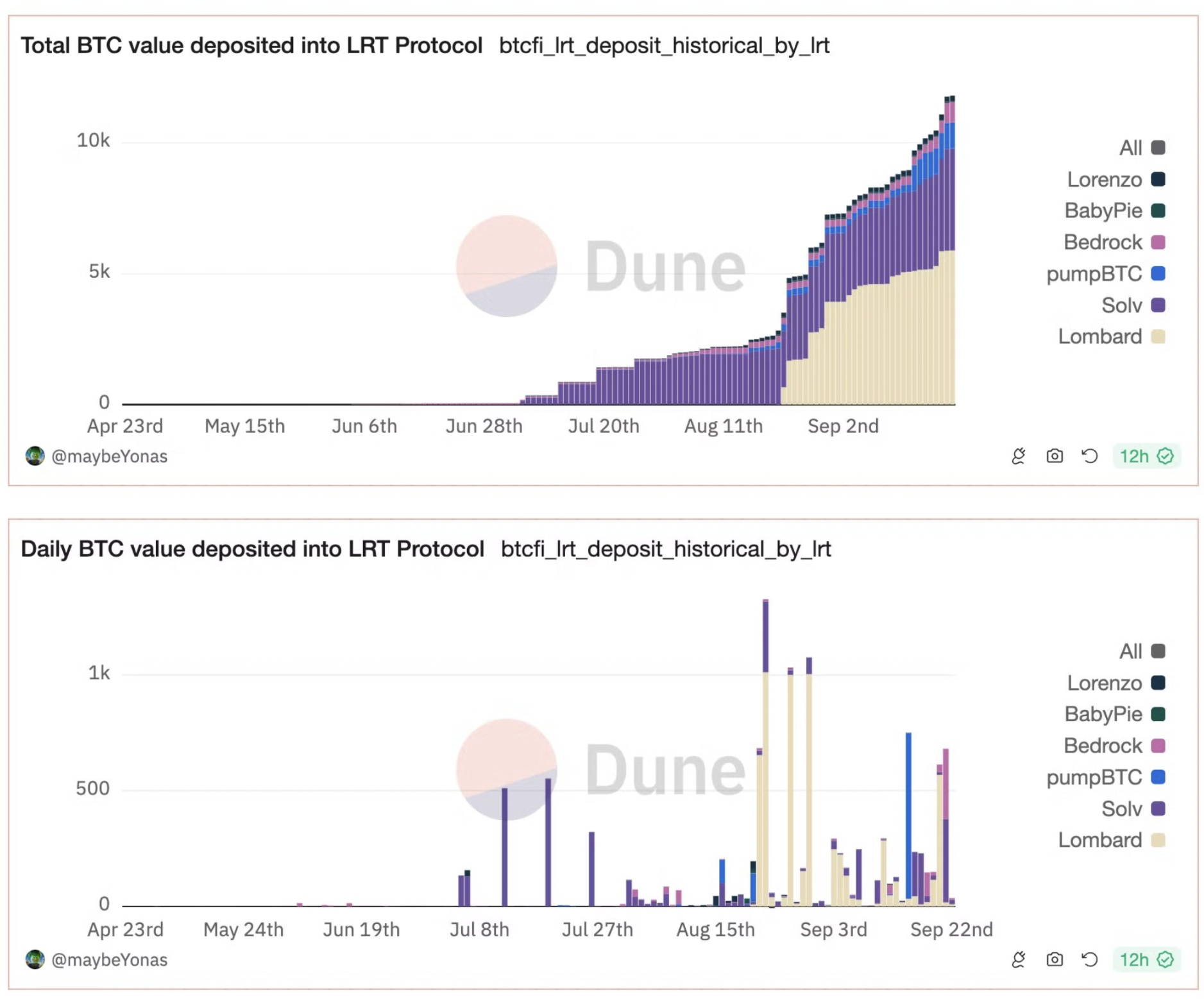
3/ The importance of ecosystem strategy for BTC LST:
In the field of BTC LST, ecosystem strategy has become a key influencing factor in the current competitive landscape. Unlike ETH LRT, which benefits from the mature DeFi ecosystem supported by ETH and ETH L2 to support downstream token applications, BTC LST currently faces more complex considerations, including downstream DeFi application scenarios, the development stage of BTC L2, the combination with BTC-anchored assets on various chains, and integration with restaking platforms, and so on.
At this stage, the choice of ecosystem strategy will affect the growth rate and the competition for early market share. The specific situations of various BTC LST providers are as follows:
4/ Currently, @Lombard_Finance is focusing on the development of the ETH ecosystem in its strategy. Through partnerships with @symbioticfi and @Karak_Network, Lombard provides stakers with rich external rewards beyond @babylonlabs_io, while $LBTC, as the first BTC LST to receive support from an ETH restaking protocol, is being actively promoted for leveraged play on ETH, with important partners including @pendle_fi, @GearboxProtocol, @zerolendxyz, and others. It is worth noting that with the acceptance of $LBTC deposits by http://Ether.Fi, $LBTC will benefit from all future downstream applications related to $eBTC, further enhancing its competitive advantage.
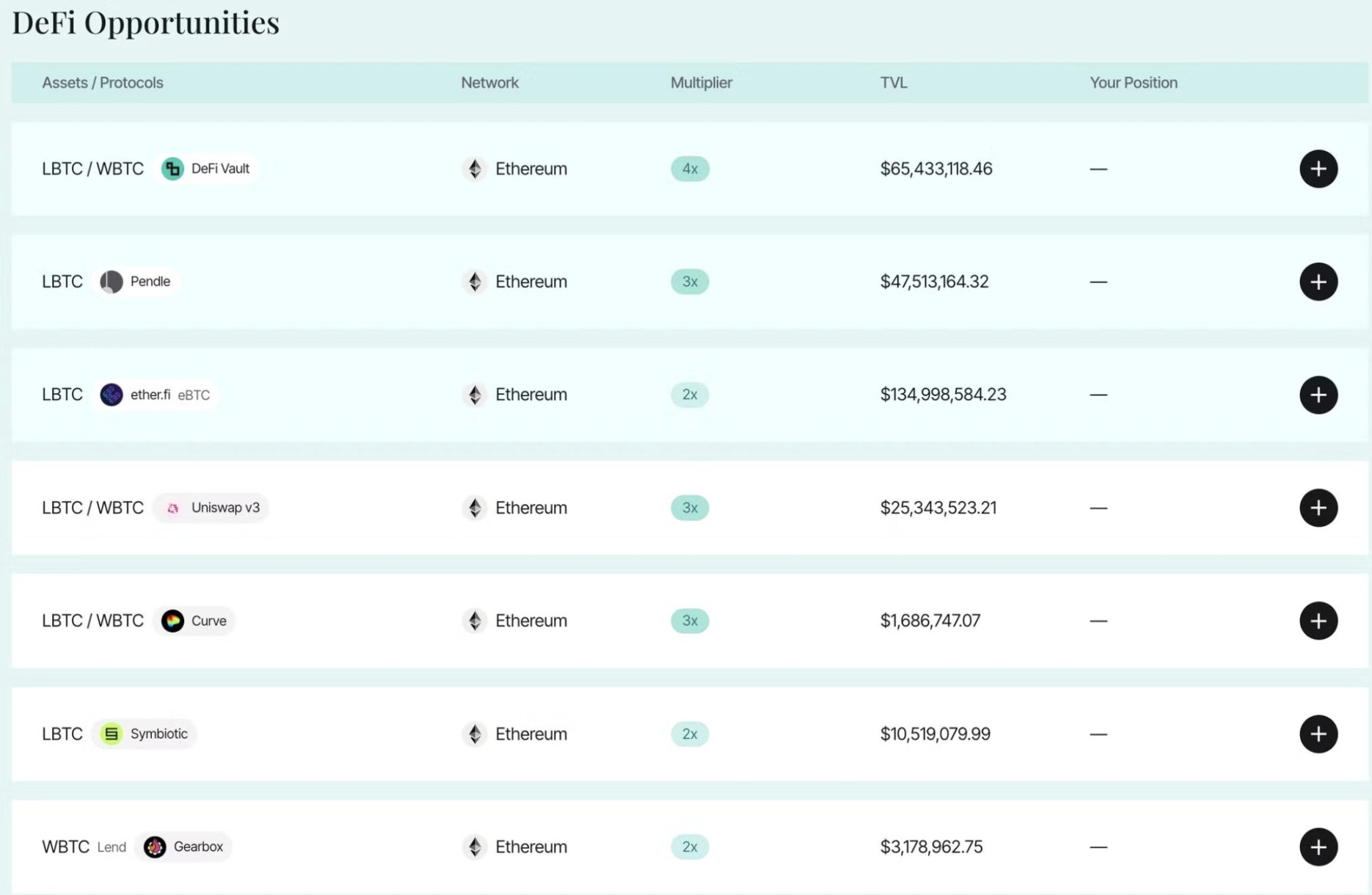
5/ In contrast to Lombard's focused strategy, @SolvProtocol and @Bedrock_DeFi are actively expanding to multiple chains, with ecosystem development covering the acceptance of upstream deposits and the construction of downstream applications. Currently, the main liquidity of SolvBTC.BBN and uniBTC is concentrated on the BNB and ETH chains, while also injecting BTC liquidity into other L2s. A noteworthy strategy of Solv is the need for users to deposit SolvBTC to convert to SolvBTC.BBN to participate in Babylon, which will drive market demand for SolvBTC and consolidate Solv as the core business of Decentralized Bitcoin Reserve.
6/ Supported by @BinanceLabs, @LorenzoProtocol and @pStakeFinance are focusing on the development on the BNB chain in the initial launch stage. They have supported the acceptance of $BTCB deposits and have respectively minted LST - $stBTC and $yBTC on the BNB chain. Lorenzo's uniqueness lies in building a revenue market based on BTCFi, adopting a structure similar to Pendle's model, which separates the flow principal token (LPT) and the accumulated revenue token (YAT), making the play based on BTC restaking income more flexible.
7/ From another perspective, the different ecosystem strategies of various BTC LSTs - the acceptance of upstream BTC derivatives and the minting of LST - will affect the liquidity and DeFi adoption of BTC-anchored assets in various ecosystems. As the BTC LST market continues to expand, this trend will become more significant, triggering a TVL defense war between various chains.
8/ Pendle is entering BTCFi:
Recently, Pendle has successively integrated four BTC LSTs into its yield market, including $LBTC, $eBTC, $uniBTC, and $SolvBTC.BBN. The liquidity and total TVL of each LST on Pendle are shown in the figure. Among them, the actual adoption of $LBTC is higher than the surface value in the LBTC (Corn) pool. As 37% of $eBTC is supported by $LBTC, Pendle's integration of $eBTC will indirectly benefit Lombard, allowing $LBTC holders to have more opportunities for optimized income strategies.
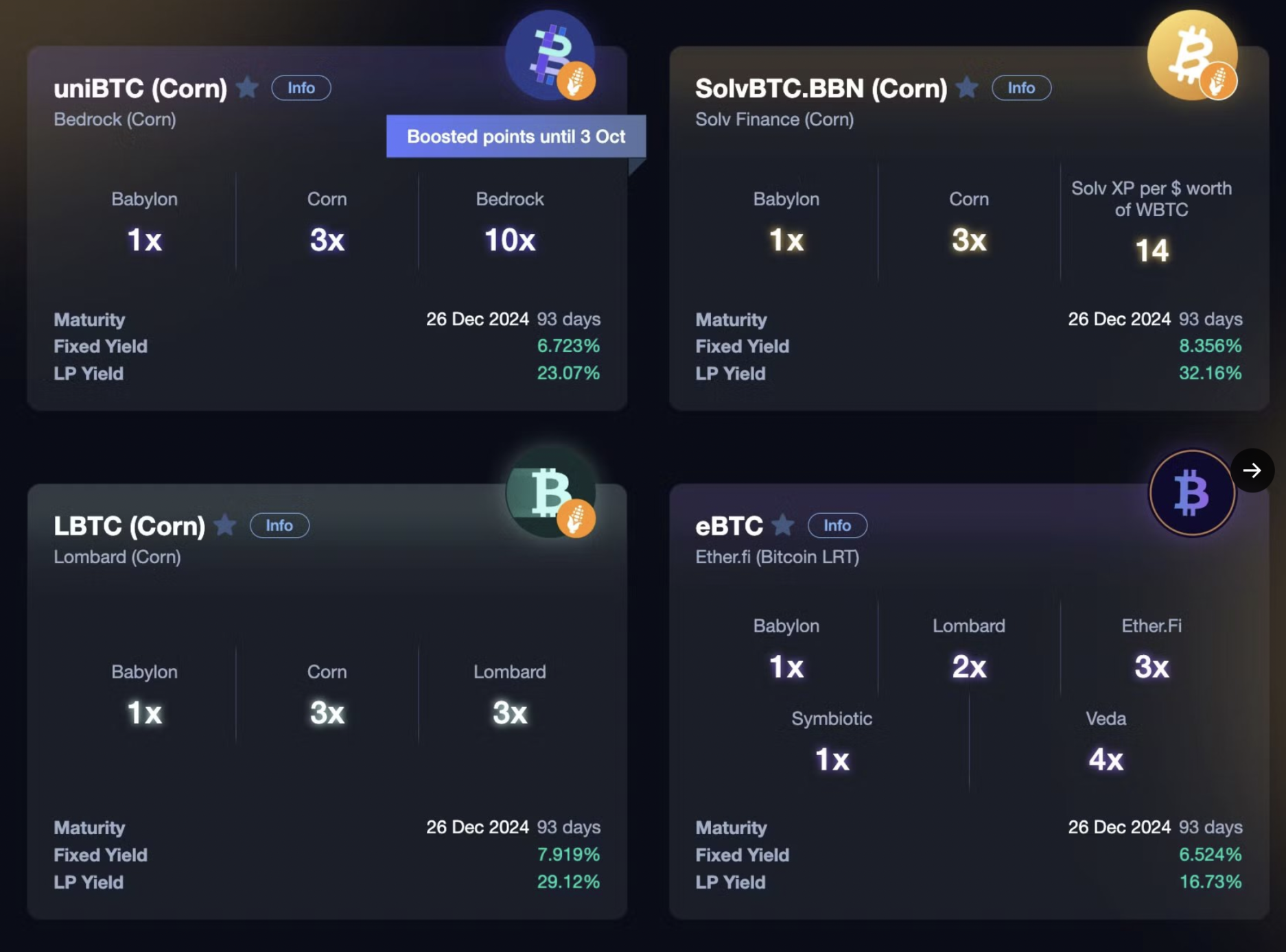
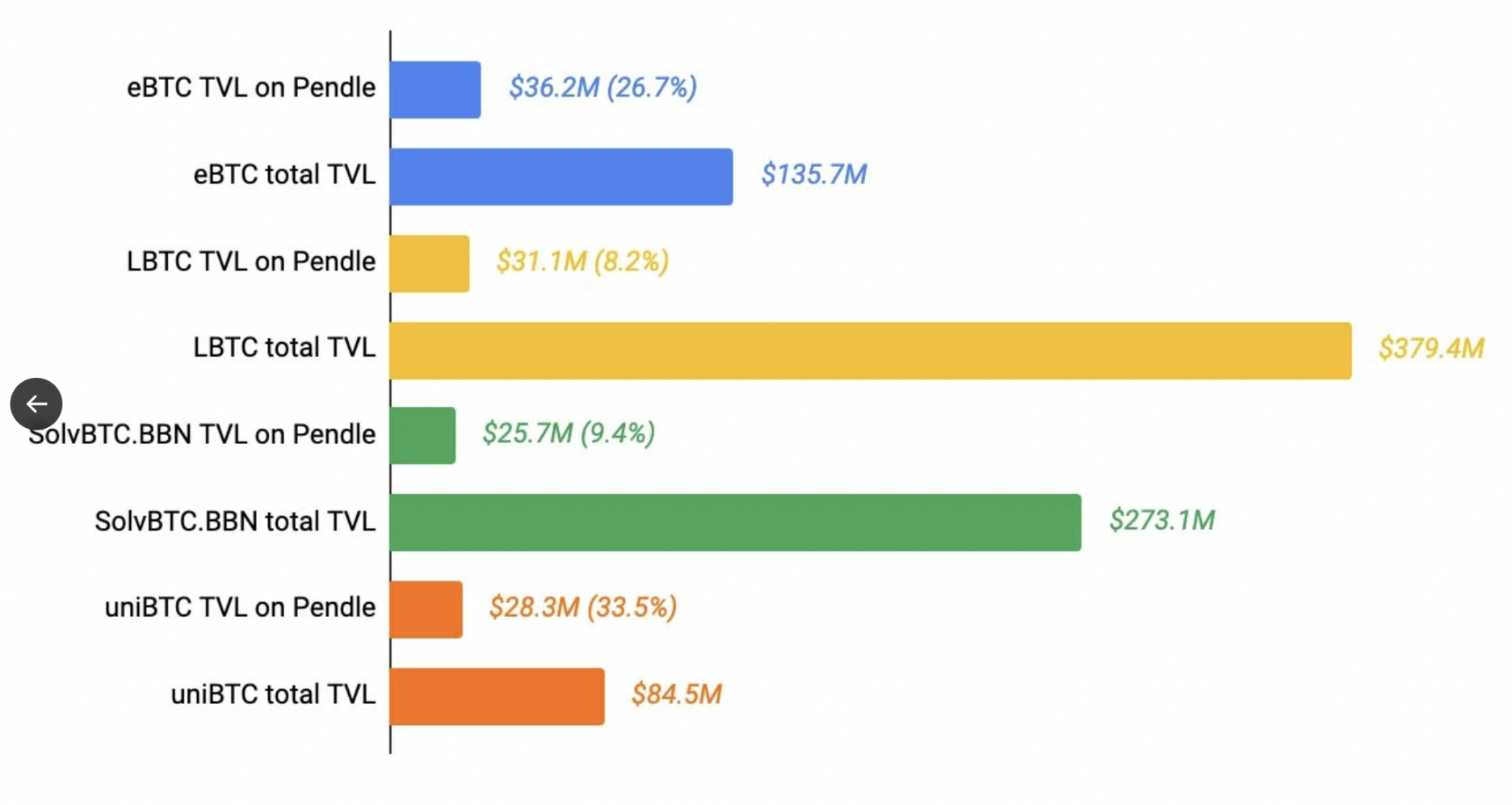
9/ In addition to $eBTC, the other three LSTs have partnered with another important participant @use_corn. Corn is an emerging ETH L2 with two unique designs, veTokenomics and Hybrid Tokenized Bitcoin. As Corn's gas token $BTCN will be minted through a hybrid method, the current partnership also indicates the possibility of trusted-based BTC LSTs being accepted for minting $BTCN in the future.
The future integration path may be: Wrap BTC → BTC LST → BTCN → DeFi. This architecture adds another layer of leverage to the BTCFi system, allowing users to achieve multi-protocol benefits, but also introduces new systemic risks and the possibility of the points system of each protocol being over-mined, resulting in lower-than-expected final returns. The points release status of Corn and Lombard can be referred to at: https://x.com/PendleIntern/status/1835579019515027549
10/ Points leverage is one of the key scenes for interest-bearing asset strategies, including ETH LRT and BTC LST. As a leader, Pendle's integration of BTC LST will largely drive the broader trend of DeFi ecosystem applications. Currently, @GearboxProtocol has introduced $LBTC into its points market, and @PichiFinance has also hinted at integrating BTC LST in the near future.
11/ SatLayer joins the competition in the BTC restaking market: @satlayer has entered the BTC restaking field, becoming a new competitor to @Pell_Network. Both accept BTC LST for restaking and use it to provide security for other protocols, similar to @eigenlayer's approach. As a pioneer in the BTC restaking field, Pell has accumulated a TVL of $270 million, integrating almost all major BTC derivatives across 13 networks. On the other hand, after announcing a financing round led by @Hack_VC and @CastleIslandVC last month, SatLayer is also rapidly expanding its market.
12/ SatLayer is currently deployed on Ethereum, supporting the receipt of various BTC LSTs such as WBTC, FBTC, pumpBTC, SolvBTC.BBN, uniBTC, and LBTC, and is expected to have more integrations. With the emergence of more homogenized restaking platforms, the competition for liquidity of BTC and its variant assets will become more intense. While this provides participants with an additional layer of nested income opportunities, it also shows signs of excessive supply-side infrastructure construction in the restaking sector.
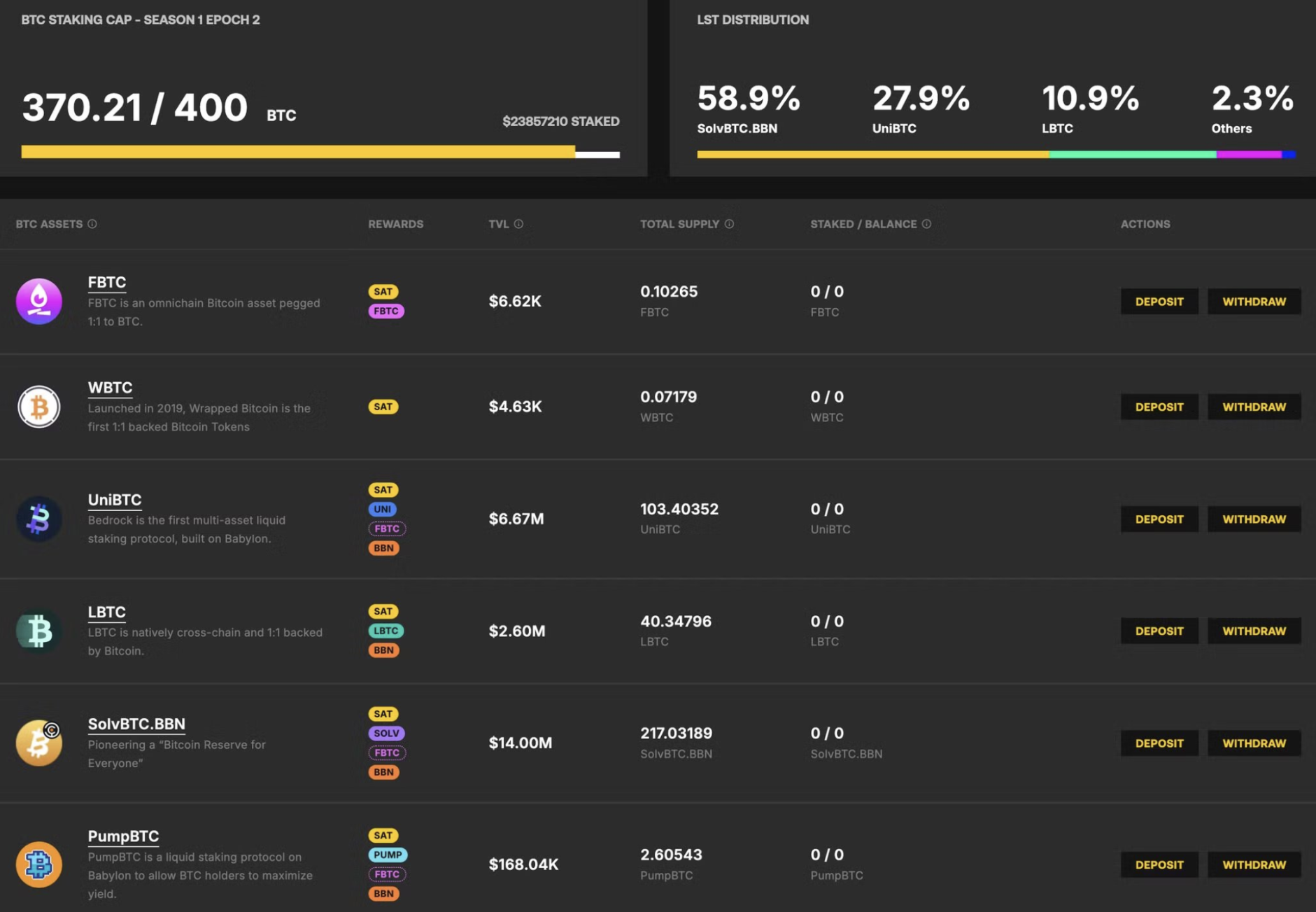
13/ Status of Wrapped BTC tokens:
Since Justin Sun's involvement in the custody of WBTC caused a stir, competition in the wrapped BTC market has intensified. The main competing alternative assets currently include @Binance's $BTCB (supply 65.3k), @MerlinLayer2's $mBTC (supply 22.3k), @TheTNetwork's $tBTC (supply 3.6k), @0xMantle's $FBTC (supply 3k), and various BTC LST assets mentioned earlier.
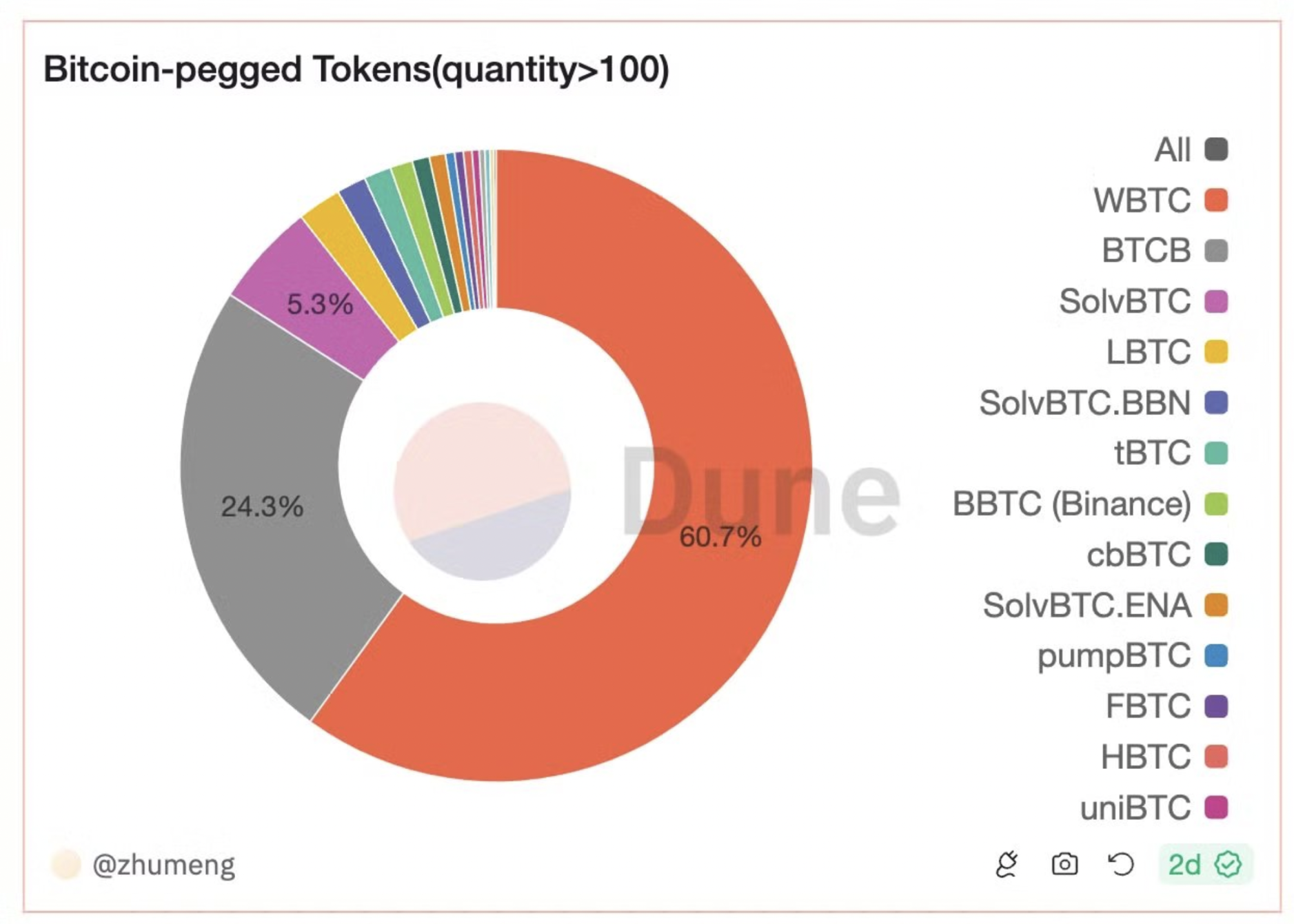
14/ Coinbase launches cbBTC:
Last week, Coinbase launched the wrapped asset $cbBTC supported by its custody, with a current supply of 2.7k. $cbBTC is deployed on Base and Ethereum networks, has gained support from multiple mainstream DeFi protocols including @0xfluid, and plans to expand to more chains in the future. In addition, BTC LST @Pumpbtcxyz and @SolvProtocol quickly expressed their intention to cooperate with Base after the launch of $cbBTC, demonstrating the development potential of $cbBTC in BTCFi.
15/ Multi-chain expansion of WBTC:
Despite concerns about security, $WBTC still holds over 60% of the market share in the wrapped BTC market. @BitGo recently announced the deployment of $WBTC on Avalanche and BNB chains, aiming to consolidate its market position through multi-chain expansion using @LayerZero_Core's cross-chain fungible token (OFT) standard.
However, the adoption rate of WBTC is still declining, as leading DeFi protocols such as @aave and @SkyEcosystem begin to remove WBTC as collateral, this trend will affect the attitude of more DeFi protocols towards WBTC.
16/ Active expansion of FBTC:
Managed jointly by Mantle, Antalpha, and Cobo, $FBTC has been deployed on Ethereum, Mantle, and BNB chains. Through the "Sparkle Campaign," @FBTC_official is actively promoting wider adoption of $FBTC in the BTCFi field. In the BTC (re)staking field, $FBTC has been adopted by Solv, BedRock, PumpBTC, and Pell, providing Sparks point incentives for early adopters.
17/ Currently, various wrapped BTC assets are actively vying to be integrated into major DeFi protocols and accepted by a wide range of users to compete for the market position left by $WBTC. In addition to existing wrapped BTC assets, new participants such as @ton_blockchain's $tgBTC and @Stacks's $sBTC will soon join this competition.
18/ In the current trend of continuous growth in BTCFi, BTC (re)staking and BTC-anchored assets are two key sectors worth continuous attention.
In the field of BTC (re)staking, there is currently a trend of excessive construction on the supply side, while the market volume on the demand side remains unknown. In the current early competitive landscape, differentiated ecosystem strategies and unique downstream gameplay are key influencing factors for the competition among various BTC LST providers. On the other hand, the trend of nested BTC-anchored assets introduces new systemic risks, as well as the possibility of over-mining of each protocol and ultimately minimal returns.
For various BTC-anchored assets, trust remains a key issue. Exchanges, L2s, and BTC LSTs are actively developing their BTC-anchored assets through different schemes, striving to be integrated into mainstream DeFi protocols and accepted by a wide range of users, thus quickly occupying the market share lost by WBTC.
免责声明:本文章仅代表作者个人观点,不代表本平台的立场和观点。本文章仅供信息分享,不构成对任何人的任何投资建议。用户与作者之间的任何争议,与本平台无关。如网页中刊载的文章或图片涉及侵权,请提供相关的权利证明和身份证明发送邮件到support@aicoin.com,本平台相关工作人员将会进行核查。




